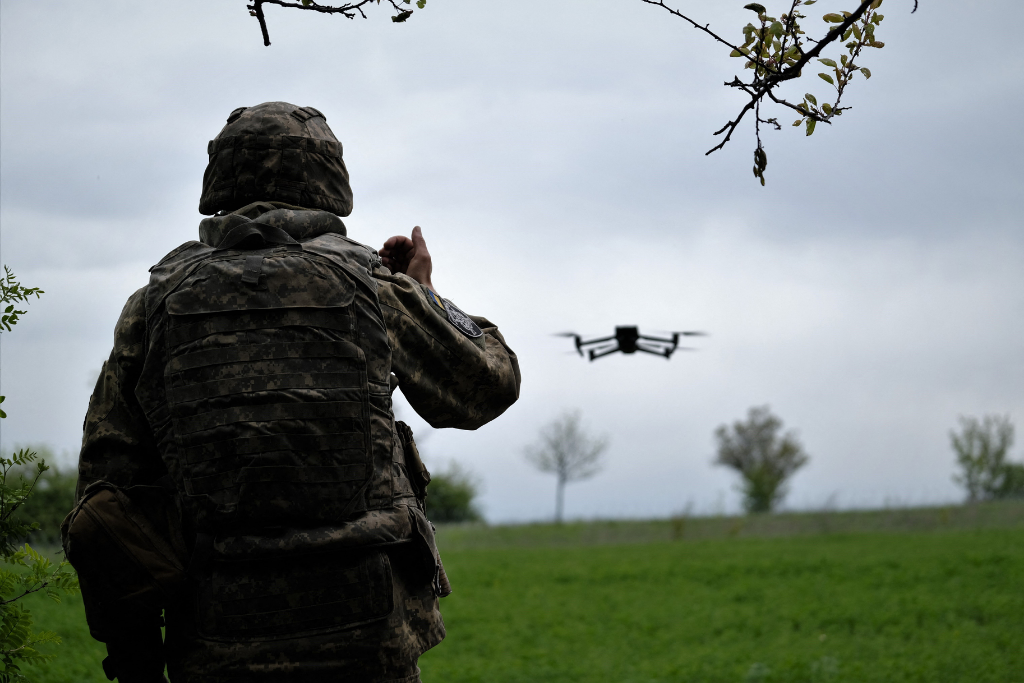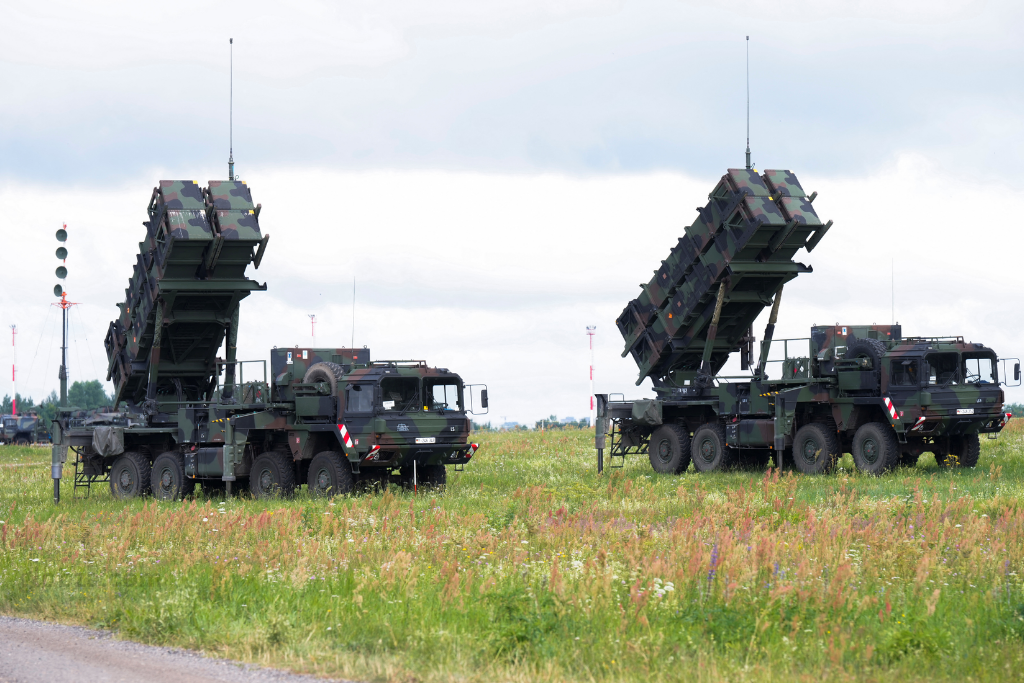Europe Takes the Lead in Ukraine’s Defense

In what numerous examiners are depicting as a critical turning point in the extended Ukraine struggle, European partners have collectively swore an uncommon €21 billion in unused military help to Kyiv. This significant commitment reflects a developing sense of criticalness and duty inside the European Union, particularly as the Joined together States signals a slow diminishment in its coordinate military and calculated inclusion. With Washington’s center moving progressively internal in the midst of residential political weights, Europe is venturing forward to fill the gap—both to fortify Ukraine’s defense capabilities and to state its part as a central player in the region’s security dynamics. European pioneers have surrounded the year 2025 as a “critical juncture,” emphasizing the require to solidify picks up, anticipate encourage Russian progresses, and guarantee that Ukraine remains prepared to both guard its region and support its sway. The subsidizing bundle incorporates progressed weaponry, preparing bolster, and long-term calculated help, underscoring a broader commitment not fair to Ukraine, but to the soundness of the European landmass as a entire. This move too marks a typical realignment in the transoceanic union, as Europe takes on more vital duty in the midst of advancing worldwide control flow.
Germany has risen as the biggest single donor inside the modern European bolster bundle, vowing a significant €11 billion over the another four a long time. This noteworthy money related commitment—paired with viable help in the frame of progressed weaponry, ammo, and calculated support—sends a capable message to both Moscow and NATO partners. It underscores Germany’s developing administration part in European defense and its unequivocal back for Ukraine’s sway and regional integrity. The weight of this vow is not as it were typical but too key. It reflects Berlin’s advancing position on military engagement, stamping a move from its generally cautious approach to a more confident part in shielding European security. At a time when solidarity inside NATO is being tried and the future of Western back is beneath examination, Germany’s activity fortifies Europe’s collective resolve and signals that the landmass is arranged to bear more prominent duty in maintaining worldwide standards and countering animosity.
“Ukraine needs a solid military and as it were at that point can the transaction handle lead to a fair and enduring peace.” — Boris Pistorius, German Resistance Minister
Key Points:



Prioritizing Discuss Defense and Ramble Warfare

The war zone flow in Ukraine are quickly advancing, with unmanned airborne frameworks playing an progressively prevailing part. Agreeing to British Protection Serve John Healey, rambles presently account for about 80% of casualties—a stark outline of how present day fighting is moving absent from ordinary strategies. In reaction to this change, a significant parcel of the recently promised help is being reserved for supporting Ukraine’s discuss defense capabilities. This incorporates progressed anti-drone innovations, coordinates observation radars, and frameworks outlined to distinguish, captured, and neutralize airborne dangers in genuine time. This key assignment reflects not as it were the substances on the ground but too the developing significance of mechanical prevalence in hilter kilter fighting. As Ukraine adjusts to a war zone characterized by speed, mechanization, and steady observation, Western accomplices are adjusting their bolster to coordinate these changing demands—ensuring Kyiv remains flexible against Russia’s progressively drone-reliant attack strategy.
The Joined together Kingdom and Norway have mutually promised £450 million in military help, with a center on providing progressed radar frameworks, anti-tank mines, and hundreds of thousands of rambles. This most recent commitment is closely adjusted with the advancing nature of combat operations in Ukraine, where coast bombs and one-way assault rambles have ended up central apparatuses in focusing on both basic framework and cutting edge military positions. The scale and specificity of this bolster reflect a sharp understanding of current war zone prerequisites. As Russia escalate its utilize of precision-guided weapons and low-cost, high-impact ramble strikes, Ukraine’s capacity to identify, caught, and counter these dangers has ended up a best key need. The UK-Norway bundle is outlined not fair to strengthen protective capabilities, but too to empower Ukraine to proactively disturb adversary operations and keep up strategic dexterity in a war progressively characterized by speed, observation, and mechanical adaptation.
“In our calculations, 70% to 80% of front line casualties are presently caused and incurred by rambles.” — John Healey, UK Guard Secretary
Key Points:



Germany’s Heavy Lift – Tanks, Artillery & Surveillance

Germany’s aid package is heavily centered on strengthening Ukraine’s artillery firepower and enhancing its ground mobility along the frontlines. The comprehensive support includes 100,000 artillery shells, 25 infantry fighting vehicles, and 15 modern tanks—demonstrating Berlin’s commitment to reinforcing both defensive and offensive operations in contested regions. This substantial contribution is tailored to meet the immediate demands of high-intensity warfare, particularly in areas where trench combat, urban resistance, and positional battles continue to dominate. The artillery rounds will help replenish Ukraine’s heavily taxed stockpiles, while the armored vehicles and tanks provide vital protection and maneuverability for troops operating in volatile zones. Germany’s focus on battlefield sustainability and tactical superiority not only boosts Ukraine’s military resilience but also reflects a growing European consensus on the need for sustained, long-term support.
In addition to heavy military hardware, Germany is supplying 100 ground surveillance radars and 120 MANPADS (Man-Portable Air Defense Systems), further enhancing Ukraine’s layered defense capabilities. This comprehensive support package is designed to improve battlefield situational awareness and bolster Ukraine’s ability to counter aerial threats, especially low-flying drones, helicopters, and cruise missiles. The deployment of ground surveillance radars will significantly improve Ukraine’s reconnaissance and early warning systems, allowing for quicker, more coordinated responses to enemy movements. Meanwhile, the MANPADS offer frontline units flexible and mobile air defense solutions—crucial for defending against surprise aerial assaults. This multi-faceted assistance is expected to play a pivotal role in repelling future Russian offensives, particularly in vulnerable northern regions like Sumy, where the threat of renewed aggression remains high. Germany’s approach reflects a strategic effort to ensure Ukraine can not only hold the line but also anticipate and disrupt hostile advances more effectively.
“This is not just about aid. It’s about ensuring long-term resilience for Ukraine.” — Boris Pistorius
Key Points:



Diplomacy, Ceasefires & Tensions in the North

Even as military aid continues to pour in, diplomatic efforts remain a critical component of the broader strategy. U.S. envoy Steve Witkoff, acting under President Trump’s directive, recently met with Russian President Vladimir Putin in St. Petersburg in an attempt to broker a ceasefire and de-escalate tensions. This meeting represents a continued push for dialogue, despite the ongoing conflict on the ground. However, both UK and German ministers have expressed skepticism regarding Russia’s willingness to negotiate in good faith. The ministers caution that while diplomatic engagement is necessary, Russia’s track record of using talks as a stalling tactic raises doubts about its commitment to a genuine ceasefire. This sentiment underscores the complexity of the diplomatic landscape, where military pressures and geopolitical distrust continue to complicate efforts for peace.
On the ground, troubling reports have emerged of Russia capturing the village of Zhuravka, located near the Sumy region, where an estimated 67,000 Russian troops are said to be stationed. While Ukraine’s government has yet to officially confirm the loss of the village, the strategic significance of this development cannot be ignored. The capture of Zhuravka would represent a significant shift in the balance of power in this contested area, with Russian forces tightening their grip on the northern front. The mounting pressure in the Sumy region highlights the ongoing vulnerability of Ukraine’s defensive positions in the east. It underscores the urgent need for sustained international support, as Ukraine faces escalating challenges from Russian offensives. With the frontlines continuing to shift, the international community’s assistance—both in terms of military aid and diplomatic pressure—remains a crucial factor in maintaining Ukraine’s resilience and thwarting further territorial losses.
“Russia is not yet interested in peace. That is the sad truth.” — Boris Pistorius
Key Points:
✅ Ceasefire talks ongoing; no breakthrough
✅ 67,000 Russian troops near Sumy border
✅ Remote participation by US, Zelensky




